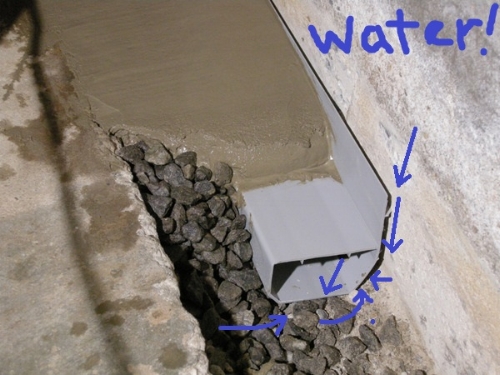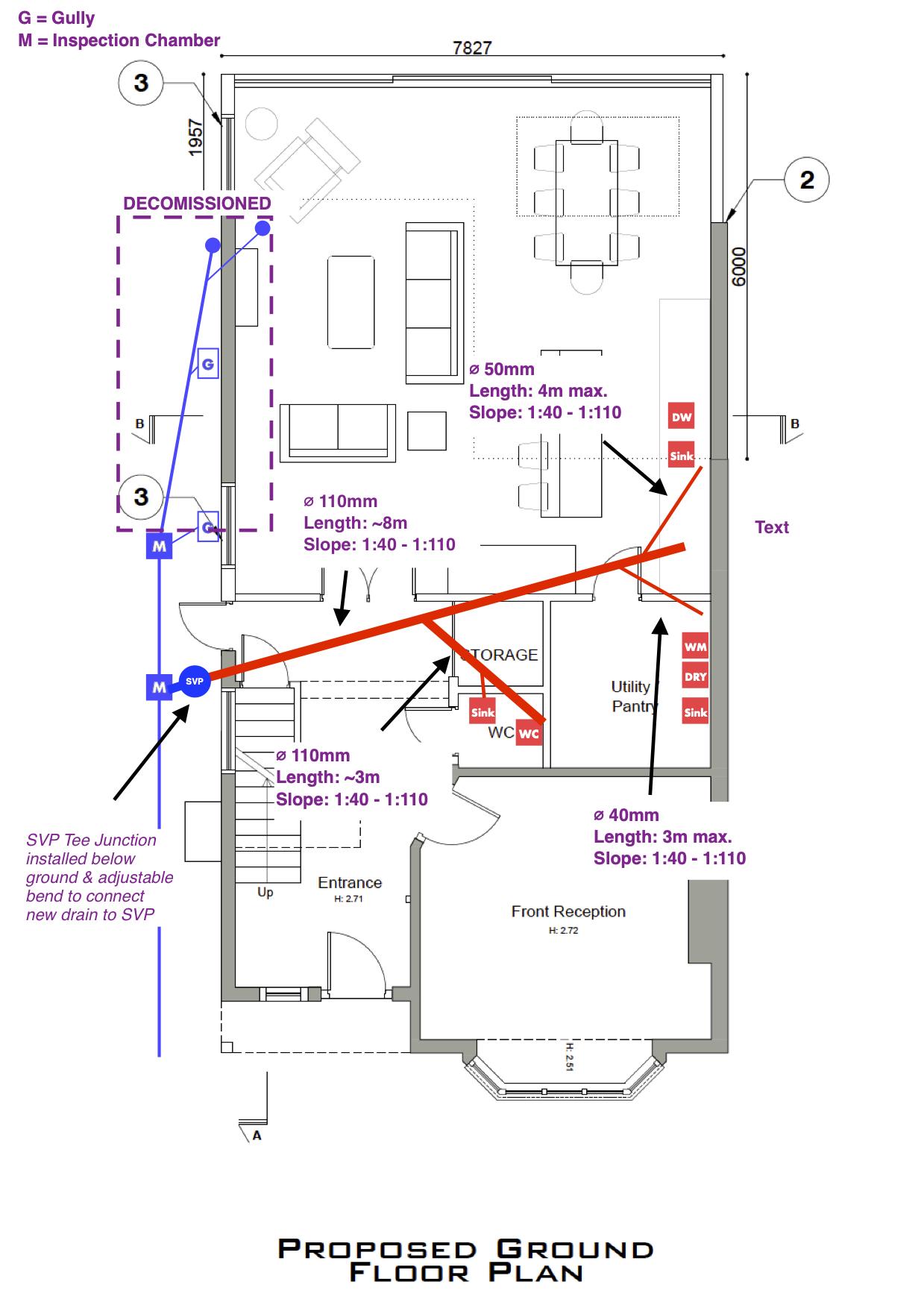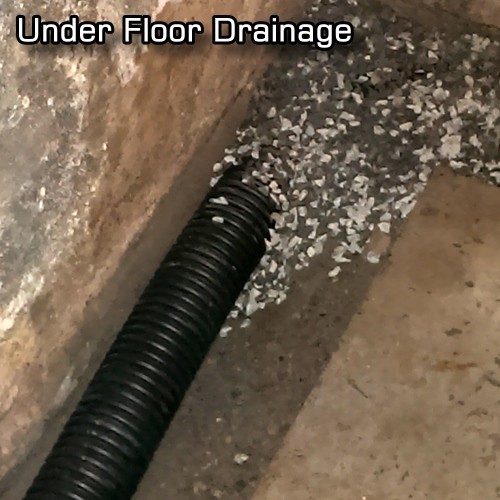The drain in your basement floor is a vital component of your home’s plumbing system. Often referred to as a floor drain, it serves as a safeguard against flooding and water damage. Positioned at the lowest point of the basement, the drain collects and directs excess water away from your home. This water can come from various sources, such as leaky pipes, rainwater seepage, or appliance overflow. By channeling this water away, the floor drain helps prevent costly damage to your basement and its contents.
One of the primary functions of a basement floor drain is to manage excess moisture that might accumulate in the basement. Basements are prone to dampness due to their location below ground level, where water can easily infiltrate. The floor drain acts as a barrier, capturing and diverting water before it can pool and cause issues like mold growth or structural damage. This helps maintain a dry and healthy environment in your basement, making it a safer and more usable space.
In addition to handling excess moisture, the floor drain can also connect to the home’s main sewer line, allowing wastewater from basement fixtures to be efficiently removed. This includes water from laundry machines, sinks, and showers located in the basement. The drain ensures that wastewater is promptly directed away, preventing backups and unpleasant odors. Regular maintenance of the floor drain, such as cleaning the grate and ensuring the trap is filled with water, is essential to keep it functioning effectively.
Another important aspect of the basement floor drain is its role in emergency situations. In the event of a plumbing leak or burst pipe, the floor drain provides a critical escape route for the water, minimizing damage to your property. It acts as a first line of defense, allowing water to exit quickly and reducing the risk of extensive flooding. Ensuring the floor drain is free of debris and in good working condition is crucial for its performance during such emergencies.
Finally, it’s important to note that the floor drain also plays a role in preventing sewer gases from entering your home. The drain typically includes a trap, a U-shaped pipe that holds a small amount of water to create a seal against sewer gases. This water barrier prevents foul odors from traveling up the drain and into your living space. Regularly checking the trap and adding water if it has evaporated can help maintain this protective seal, ensuring a fresh and odor-free environment in your basement.
Shower install basement concrete Terry Love Plumbing Advice & Remodel
The Tale of the Very Wet Basement — Dimes Brewhouse
Landscaping Around House Foundation How To Build 23 Best Ideas House foundation, Home
Drain Design for Remodel – Ground Floor WC & Kitchen on party wall side – Waste & Sewerage
Large Format Tile Shower Floor #XK76 – Roccommunity in 2020 Concrete shower, Open concept
Part(1) How to measure, cut & install tile in circular shape around shower floor drain flange
How to Waterproof a Basement The Family Handyman
The Dry Basement Company716-777-3004
Related Posts:









